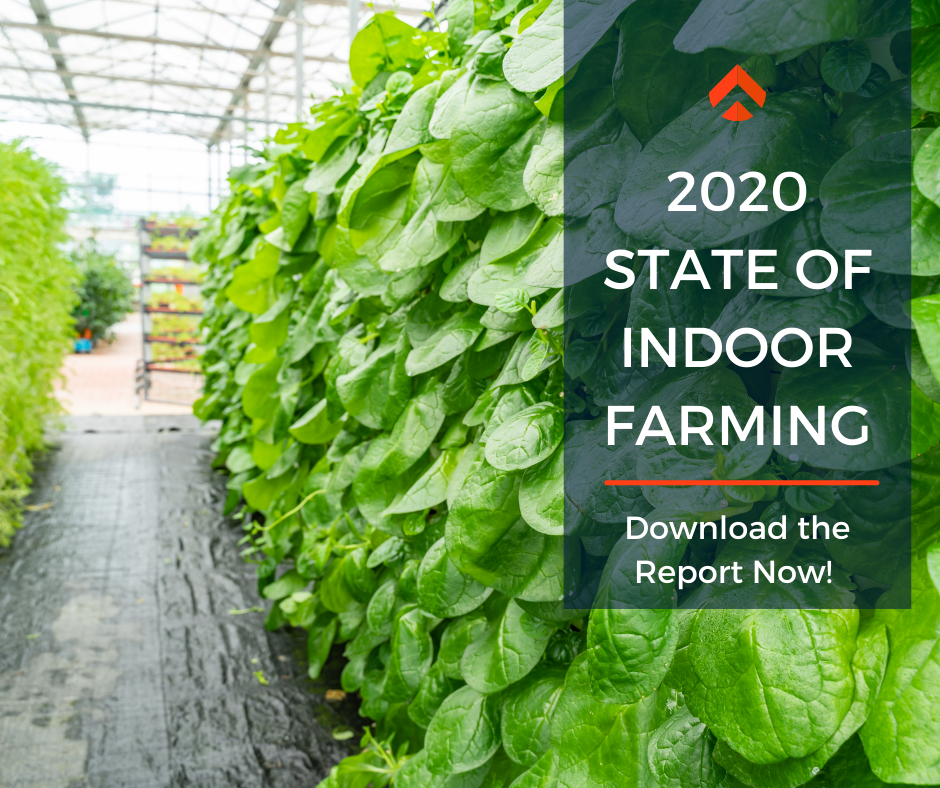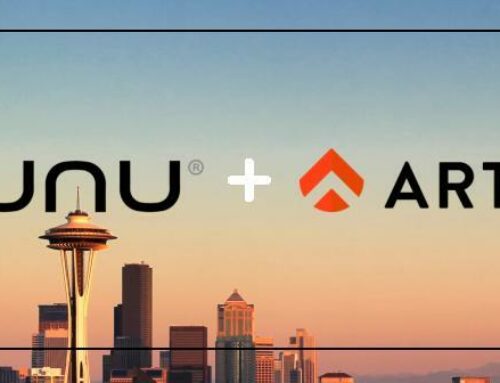We are excited to release our third State of Indoor Farming report. The Indoor Agriculture industry across North America has gone through significant changes throughout the past year. As our economies open back up, the big question on everyone’s mind is where are we now and where are we going?
Since their inception in 2016, the State of Indoor Farming reports have been downloaded by millions of people and used as a trusted resource on the industry.
The purpose of this report is to look at where the indoor agriculture industry is today as well as to give growers an industry voice around the latest trends, biggest challenges, and the immense opportunities in this rapidly expanding industry.
The report includes a high-level overview of the industry, as well as a deep dive on key topics such as expenses, sales channels, growth, cannabis, and projections for the future of the industry.
Artemis’ analysis is based on a survey of 205 enterprise horticulture facilities, as well as supplemental research.
Here are the top takeaways from the report:
Breaking down software silos
Artemis was one of the top three choices for software, along with Quickbooks and Sage. When asked what the ideal fee structure is for software services, over half wanted a free offering with low-touch support models, with the option to pay for white glove support and training as needed. It is likely that we are going to see less siloed software platforms between indoor and outdoor farming operations, either through collaboration between platforms or consolidation.
Aggressive expansion
73% of respondents have plans to expand within the next 5 years. Mid-tech glass/poly greenhouses are expected to double their acreage footprint compared to high tech glass greenhouses and indoor vertical farms.
A handful of respondents indicated that they would include packing and distribution operations in their expansion, which is new from past surveys. This could be due to COVID-19 highlighting gaps in the supply chain; dependence on other businesses during such an uncertain time was painful to many growers. It is also possible that respondent’s aggressive growth plans necessitate on-site packing and distribution to accommodate high product volume. The influx of capital from venture capitalists is fueling this aggressive growth and seems to be shifting business models.
Widespread capital needs
Access to working capital was the highest ranked challenge that growers face. Over half of respondents need working capital and about half needed project finance. Most respondents have been going to banks or private lending (private equity, venture capital, or private investors) for capital.
There was a stark difference between Canadian grower’s satisfaction with their banks compared to their US counterparts. Canadian growers tend to turn to larger banks and report being happy with their rates. US growers tend to use local banks and reported being unhappy with the rates offered. Growers also ranked their top-rated and lowest-rated banks, with interesting results.
Given how many facilities need capital and how dissatisfied growers are with their experience getting that capital, there is a huge opportunity for banks and other lenders to differentiate themselves as trusted lenders who have won the hearts of indoor growers.
Industry leaders remarkably aligned on goals for 2021 and beyond
Leaders in the indoor agriculture space are incredibly aligned when asked what their number one goal was for 2021. Every answer fell into four buckets: financial optimization, expansion, high product quality, and COVID-related recovery. They are also well aligned in ranking their biggest challenges, including access to working capital, sales, managing and hiring labor, and reducing operating costs.
Indoor inputs
Inputs for indoor growers are one of the most significant drivers of operational cost. Indoor growers spend more money on seeds than any other input, followed by grow media and nutrients. This differs from field agriculture, where the biggest spend is on chemicals and fertilizer. Input costs for indoor growers also have a significant range depending on the crop type. Interestingly, the input cost per pound for microgreens is 5.8x bigger than that of leafy greens and 23x than that of tomatoes!
It will be interesting to see how the industry evolves as input innovation catches up with the rest of the industry. We’re starting to see new companies focused on seed breeding, fertilizers and other products specifically designed for the indoor ag industry.
Contracts
Among farms selling to wholesale accounts, most (62%) do not work with set contracts. However, we are starting to see more producers work with contracts. Having guaranteed buyers reduces operating risk, which makes it easier for facilities to access traditional debt offerings as they look to expand. We’re also seeing larger buyers demand contracts as they focus on traceability and sustainability. On the other hand, it’s hard to hold perishable inventory while looking for a buyer, and prices for produce change throughout the year, so it can be advantageous to sell for the highest spot prices without locking into a lower price earlier on.
To learn more, you can access the report here.
You can also access our 2016 and 2017 State of Indoor Farming reports.





Leave A Comment